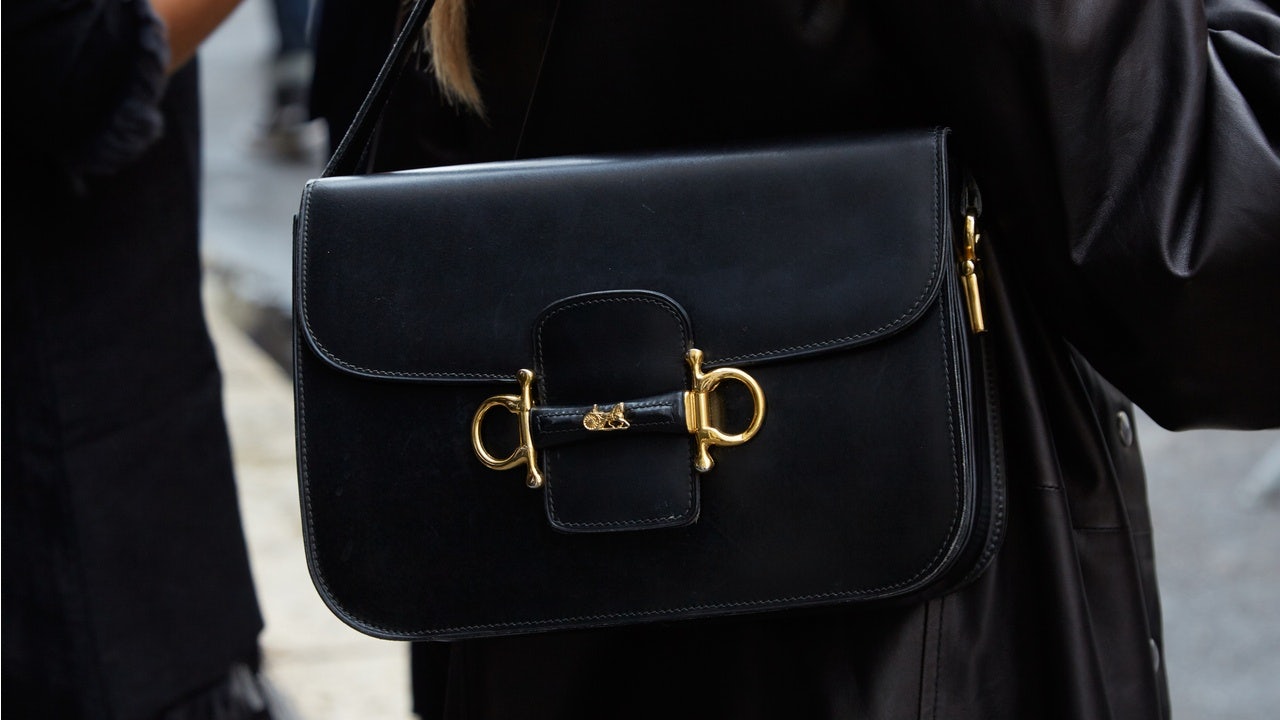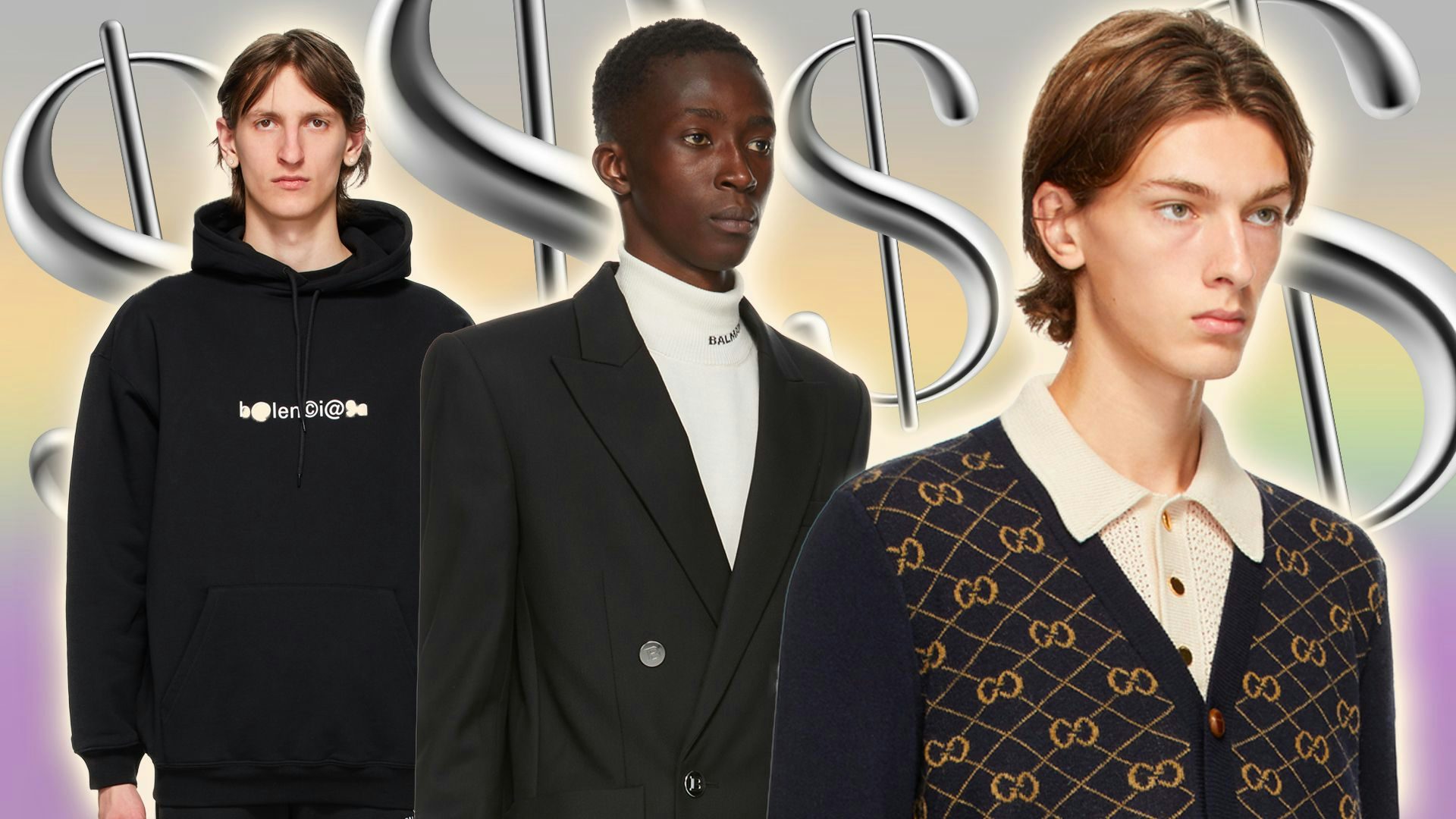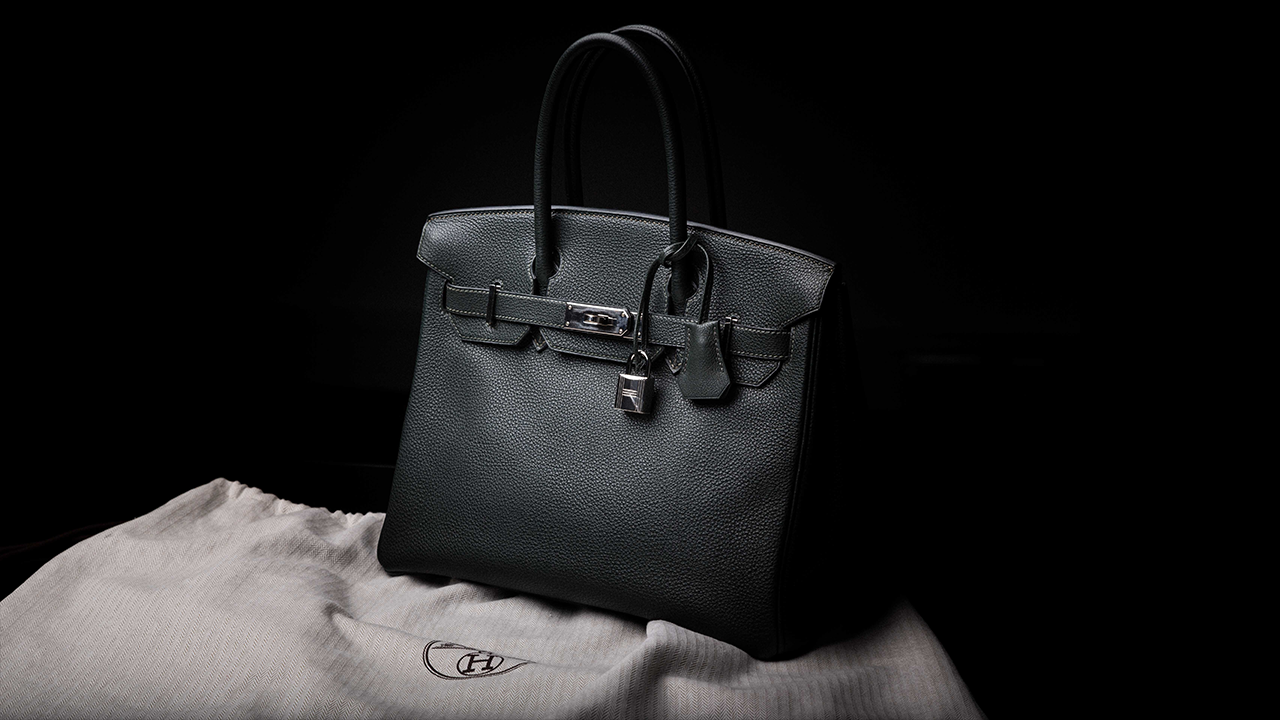Key Takeaways:#
Too many brands price based on product cost plus an added margin while neglecting to factor in their brand stories.
Some brands leave hundreds of millions of dollars of revenue — sometimes billions — untapped by underpricing.
The world’s best brands, like Hermès, can achieve 1,000 or even 10,000 times the luxury value creation that base products in its categories create because of their superior brand stories.
A few years ago, a group of entrepreneurs and luxury shoemakers from Los Angeles and London set out to take on the luxury sneaker sector. Their idea? Combine the quality craftsmanship of bespoke shoemaking with Los Angeles’ beach and skateboard culture to create zeitgeist-defining sneakers that excite the ultra-rich.
At the time of the company’s launch, its handmade sneakers retailed at a similar price to handmade dress shoes, which easily exceeded a thousand dollars. Fearful at first about the seemingly high price for its sneakers, the brand learned later through data-driven analysis that they were — by far — too cheap. Believe it or not, when they doubled their prices, sales went up significantly.
Their mistake? The brand initially underestimated its pricing potential. The reasoning behind its error should sound familiar to many brands. The brand’s pricing was based on product cost plus an added margin. What they neglected to factor in was the power of its brand story.
In short, the brand was creating so much value through its story and exceptional experience, the prices seemed too low from the consumer’s perspective. Added Luxury Value (ALV), the story-driven value component necessary for luxury brands, was significantly higher than what the price conveyed. Consumers were confused and did not buy as much as they would in a better alignment of ALV and pricing, leading to lower profitability, volume, and revenue. But after correcting its approach, the brand began to thrive.
This lesson is surprising for many luxury brands. After auditing their brand stories and estimating ALV, I often discover that some of the most expensive brands are priced too cheaply. And if you multiply this error across years — or decades — the missed opportunities add to a significant weakening of luxury brand equity, endangering the long-term survival of brands.
I estimate that some brands leave hundreds of millions of dollars of revenue untapped — billions in some cases. As a result, many of them are struggling. They don’t have the funding to compete and disappear over time. Pricing mistakes — along with weak brand positioning and a deficit in luxury experience creation — are among the top shortcomings I’ve seen in the luxury industry. This issue is due, in part, to a lack of training and knowledge about luxury pricing tools, and luxury brand pricing is often done with tools and strategies similar to the ones that everyday brands use, which always leads to incorrect results.
When it comes to prices, Hermès is one of the best brands to learn from. What Hermès understands better than most is that pricing is not a function of the product; it is a result of the Added Luxury Value a brand creates. Hence, when we price a luxury item, the cost of production is irrelevant. The only question that matters is: How much ALV are we creating? How extreme is the perceived value of our brand? How much desire are we creating with our brand? These are the right questions to answer, not how much the production cost was.
Managing the individual profit margin of a single product is, of course, critical. However, it is a check for negatives and can never be the determining factor for luxury pricing. When I teach luxury managers about pricing, there is always an eye-opening moment when they start to understand that price is created from the brand story value within a competitive set — from the perspective of its customers. Perceived value through the story is the main value driver, not the product. But that value is elusive because intuition tells us that value should be tangible (within the product) and not intangible (a story). By the way, in luxury, intuition is often dead wrong.
It is the intangible story that drives value. The world’s best brands, like Hermès, can achieve 1,000 or even 10,000 times the luxury value creation that base products in its categories create. I'll explain why: The combination of value creation elements (based on its compelling brand story) drives Hermès' value up so much that customers deeply desire its rare and unique products and are willing to pay much more than for other brands. These sky-high prices are not driven by the product — they are driven by the story and its execution. In other words, the products are part of the story but aren't the story.
Hermès does this better than most other brands, and as a result, was one of the best-performing brands during the pandemic. In fact, it has been steadily growing in revenue and profitability over the past decades. Strict ALV focus is also why LVMH recently became Europe’s most valuable company with the continent's highest market capitalization. Mastering ALV via total story alignment and proper pricing is the most critical success factor for those brand successes.
Now, let’s take a closer look at what some describe as the world's most iconic handbag: The Hermès Birkin bag. It is a masterpiece of storytelling. In 1981, the British socialite, model, and actress Jane Birkin, who was considered the fashion icon of her time, boarded an Air France flight to Paris. That flight changed the fashion industry forever.
Birkin famously used a beaten-up basket for years to carry all her items. She was asked many times why she didn't use a handbag. Her answer? She never found one that was practical enough for her. On that particular flight, she happened to sit next to Jean-Louis Dumas, then the CEO of Hermès, when her basket fell out of the overhead bin. While Dumas helped her fetch all her items from around the first-class cabin, he pledged to design a bag that would be stylish and practical enough for her to consider ditching her basket. Today, the world knows it as the Birkin bag.
The story is so fascinating that Hermès customers wait on a list for years, which is now by appointment only — to acquire one. Birkin bags retail starting at about 9,000 USD but can easily exceed hundreds of thousands of dollars for limited editions and rare materials. The fortunate ones who were able to buy a Birkin two decades ago saw a 14-percent average yearly value increase for their used bags — more than almost any other investment. This value creation is so extreme that some bags exceed the price of a Rolls-Royce or a Ferrari. As such, there will never be a discount or a sale on them. I predict that, in a decade from now, the cheapest Birkin bags probably will start at around 15,000 to 20,000 because, over the past decades, their prices have increased steadily, reflecting gains in ALV.
All of this shows that perceived value comes from the story, not primarily from the product. Unsurprisingly, there are many bags from other brands inspired by the Birkin bag, often retailing around 200-500. But these brands don’t elicit the same desire through their stories and, therefore, can't create ALV.
Similar to Louis Vuitton, Dior, and others, Hermès never promotes. I have said many times in my presentations that promotions are the fastest and most effective way to destroy your brand equity when you are in luxury. They punish your most loyal customers and destroy trust in your brand. When a person knows that someone else bought their favorite brand at a lower price, they will no longer buy full-price. Promotions destroy the story, desire, and value.
Hermès has always been a disruptor that continuously reinvents itself, from being one of the first luxury brands to tell their story online to collaborating with Apple to disrupt the watch industry to its latest push in experimenting with sustainable mushroom leather. But ALV is also driven by a desire for innovation, state-of-the-art technology, and brands that push boundaries. In fact, my analysis shows that one of the most accurate predictors of future luxury brand declines is a lack of innovation or inspiration. Hermès, to the surprise of many, does the opposite.
Luxury brands have high hopes for the post-pandemic world, but reevaluating their luxury strategies is critical. Brands that believe they can drive their businesses long-term with unclear brand storytelling, a lack of innovation and inspiration, and cost-based prices will never realize their full potential. Instead, they may be gone by 2030 since I predict that nearly 50 percent of underperforming luxury brands will not make it to the end of the decade. The time to act is now.
Daniel Langer is CEO of the luxury, lifestyle and consumer brand strategy firm Équité, and the professor of luxury strategy and extreme value creation at Pepperdine University in Malibu, California. He consults some of the leading luxury brands in the world, is the author of several luxury management books, a global keynote speaker, and holds luxury masterclasses in Europe, the USA, and Asia. Follow @drlanger



